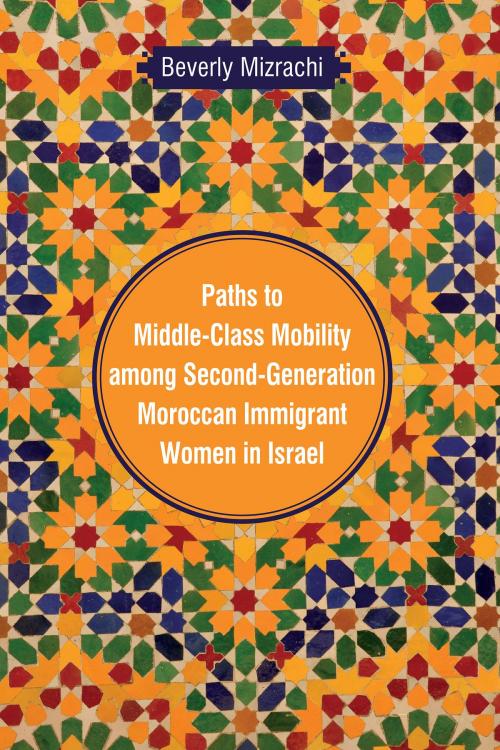Paths to Middle-Class Mobility among Second-Generation Moroccan Immigrant Women in Israel
Nonfiction, Social & Cultural Studies, Social Science, Cultural Studies, Ethnic Studies, Gender Studies| Author: | Beverly Mizrachi | ISBN: | 9780814338582 |
| Publisher: | Wayne State University Press | Publication: | May 1, 2013 |
| Imprint: | Wayne State University Press | Language: | English |
| Author: | Beverly Mizrachi |
| ISBN: | 9780814338582 |
| Publisher: | Wayne State University Press |
| Publication: | May 1, 2013 |
| Imprint: | Wayne State University Press |
| Language: | English |
While first-generation immigrant women often begin their lives at the bottom of their new societies, the fates of their adult daughters can be very different. Still, little research has been done to examine the opportunities or constraints that second-generation women face and the class achievements they make. In this volume, author Beverly Mizrachi presents an in-depth study of 40¬-50-year-old Moroccan women whose parents made up part of the largest ethnic group to enter Israel after its establishment in 1948 and whose mothers began their new lives at the bottom of the economic and social ladder. Through her analysis of the life history narratives of these women, Mizrachi reveals that they used a range and number of sites to achieve an impressive mobility into the low, middle, and high segments of the middle class. Mizrachi's findings have implications for studying the middle-class mobility of second-generation immigrant women from subordinate groups in other Western societies. This book begins by examining the historical background and culture of Jewish communities in Morocco that affected the mobility resources of the first, immigrant generation of Moroccan women in Israel and those accrued by the second generation. Mizrachi goes on to analyze the life history narratives of a group of six second-generation Moroccan women to show how they used their education, employment, gendered spousal relationships, motherhood, residential mobility, and the body to achieve their middle-class mobility. Ultimately, she finds that these women used their human agency and social structures over these multiple social sites to reach their class goals for themselves and their children while simultaneously constructing new classed and ethnicized feminine identities. Mizrachi's findings integrate issues of gender, ethnicity, immigration, and class mobility in a single intriguing study.
While first-generation immigrant women often begin their lives at the bottom of their new societies, the fates of their adult daughters can be very different. Still, little research has been done to examine the opportunities or constraints that second-generation women face and the class achievements they make. In this volume, author Beverly Mizrachi presents an in-depth study of 40¬-50-year-old Moroccan women whose parents made up part of the largest ethnic group to enter Israel after its establishment in 1948 and whose mothers began their new lives at the bottom of the economic and social ladder. Through her analysis of the life history narratives of these women, Mizrachi reveals that they used a range and number of sites to achieve an impressive mobility into the low, middle, and high segments of the middle class. Mizrachi's findings have implications for studying the middle-class mobility of second-generation immigrant women from subordinate groups in other Western societies. This book begins by examining the historical background and culture of Jewish communities in Morocco that affected the mobility resources of the first, immigrant generation of Moroccan women in Israel and those accrued by the second generation. Mizrachi goes on to analyze the life history narratives of a group of six second-generation Moroccan women to show how they used their education, employment, gendered spousal relationships, motherhood, residential mobility, and the body to achieve their middle-class mobility. Ultimately, she finds that these women used their human agency and social structures over these multiple social sites to reach their class goals for themselves and their children while simultaneously constructing new classed and ethnicized feminine identities. Mizrachi's findings integrate issues of gender, ethnicity, immigration, and class mobility in a single intriguing study.















